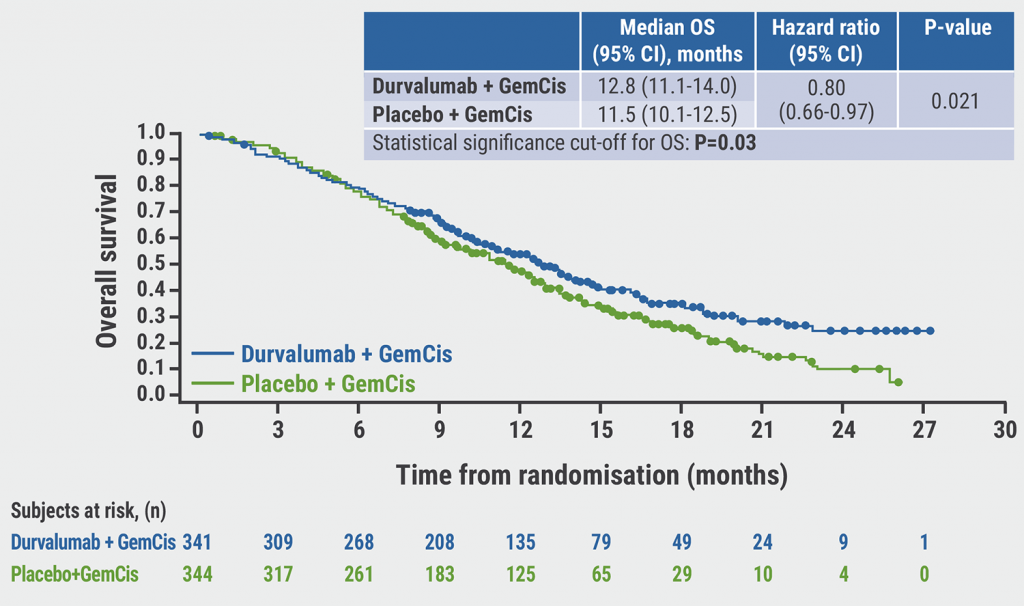“The phase 3 IMbrave150 trial (NCT03434379) showed encouraging efficacy and safety of atezolizumab plus bevacizumab as first-line therapy in patients with advanced HCC,” said Dr Hyeyeong Kim (Ulsan University Hospital, South Korea). “However, this trial did not include patients with Child-Pugh B HCC. Therefore, a retrospective study was performed to assess 37 Child-Pugh B classified patients with advanced HCC who underwent atezolizumab plus bevacizumab therapy in the first-line.” The data was compared with a cohort of Child-Pugh A patients from the same registry (n=139).
After atezolizumab plus bevacizumab therapy, the objective response rate (ORR) was 10.8% in Child-Pugh B classified patients, with all responses being partial. In addition, 45.9% of the patients demonstrated stable disease. In the Child-Pugh A cohort the ORR was 33.8%, with 1 complete response. Also, 42.4% of the patients in this cohort had stable disease. The median progression-free survival was 2.9 months in the Child-Pugh B group and 9.6 months in the Child-Pugh A group (P<0.001). The median overall survival (OS) was longer in the Child-Pugh A cohort (not-reached vs 6.0 months; P<0.001). Notably, patients with Child-Pugh B7 classification had a longer median OS time than Child-Pugh B8–9 classified patients (6.4 vs 3.6 months; P=0.016).
The safety analysis showed that grade 3 or 4 AEs were more common in the Child-Pugh B cohort than in the Child-Pugh A cohort (43.2% vs 18.0%). In addition, grade 3 or 4 gastrointestinal haemorrhage (10.8% vs 0.7%; P=0.001), neutropenia (10.8% vs 0%; P<0.001), and thrombocytopenia (10.8% vs 0.7%; P=0.001) occurred significantly more frequently in the Child-Pugh B cohort. Also, the rate of treatment discontinuations due to AEs was higher in the Child-Pugh B group (16.2% vs 5.8%; P=0.047).
- Kim H, et al. Atezolizumab plus bevacizumab in Child-Pugh B advanced hepatocellular carcinoma patients. Abstract 397, ASCO GI 2022, 20–22 January.
Copyright ©2022 Medicom Medical Publishers
Posted on
Previous Article
« Dermatologists may be unaware of scalp cooling for chemo-induced hair loss Next Article
LAUNCH: TACE plus lenvatinib efficacious in advanced HCC »
« Dermatologists may be unaware of scalp cooling for chemo-induced hair loss Next Article
LAUNCH: TACE plus lenvatinib efficacious in advanced HCC »
© 2024 Medicom Medical Publishers. All rights reserved. Terms and Conditions | Privacy Policy



